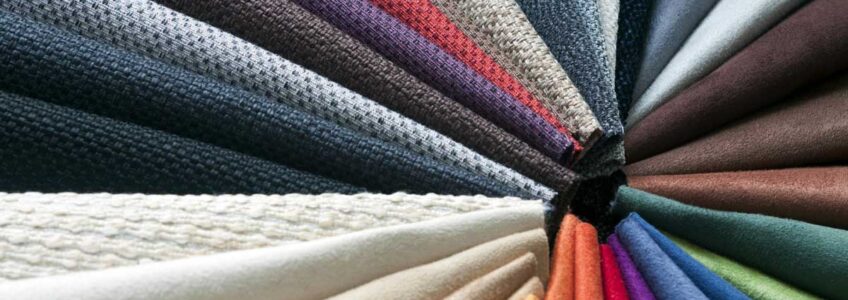An integral part of clothing and furniture, the covers must be chosen with care: together with Manifattura Foderami Cimmino, we discover how to choose the best fabrics for lining and how to use them at their best!
What is meant by lining and lining
Liningis a fabric cover applied both inside the garments, to improve their fit and structure, and outside, as in the case of a mattress or sofa.
Le fodere hanno la funzione di completare i capi, rendendoli più caldi o coprendone le cuciture, con l’obiettivo di aumentarne la qualità e il valore. The linings have the function of completing the garments, making them warmer or covering the seams, with the aim of increasing the quality and value.core
Very often, the terms lining and pillowcase are used interchangeably. However, there are differences between the two. Dresses, jackets, coats and skirts can have an inner lining that guarantees their yield over time. The lining is also used to cover the inside of bags, hats and gloves, with the aim of hiding the seams and giving the accessory a finished look.
The pillowcase, more precisely, refers to the upholstery of the cushions of sofas and armchairs, to protect them from dirt and sebum produced by our skin. It should therefore not be confused with the cover that covers, instead, the sofas and armchairs: in that case we always talk about covers.
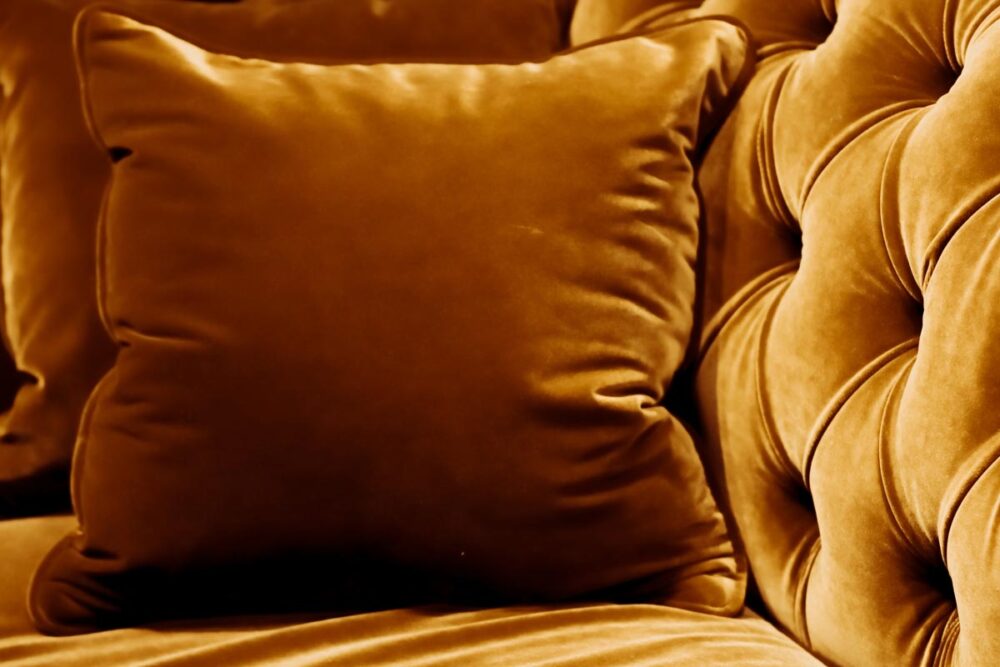
History of the lining: a journey through the centuries
The lining was born as an exclusive prerogative of the wealthiest classes, in times when wealth coincided with the quality of life. In 2700 B.C. only the dignitaries of the Celestial Empire in China could afford twice as much silk, in the royal colours of midnight blue, gold and blue.
Later, also in the West came this custom, always reserved to the highest steps of the social ladder. In Greece, the elegant tunic was light and very wide, with inside a cylinder of wool in the shape of a Corinthian column, which adhered to the body, sheltering it from the rigors of the winter season.
In Imperial Rome they wore the “toga”, a wool coat or other fabric that would cover the tunic, and a silk-lined stole.
With the fall of the Western Roman Empire, the lining began to assume a more extended role, transforming from a simple tunic to a reallining for the interior.
The lining fabrics used at one time, such as silk and satin intended for the rich, were replaced by cheaper ones such as cotton and artificial or synthetic fibers (polyester, polyamide, acetate, viscose).
The aim was to allow the lower and middle classes to wear comfortable clothing suitable for every season.
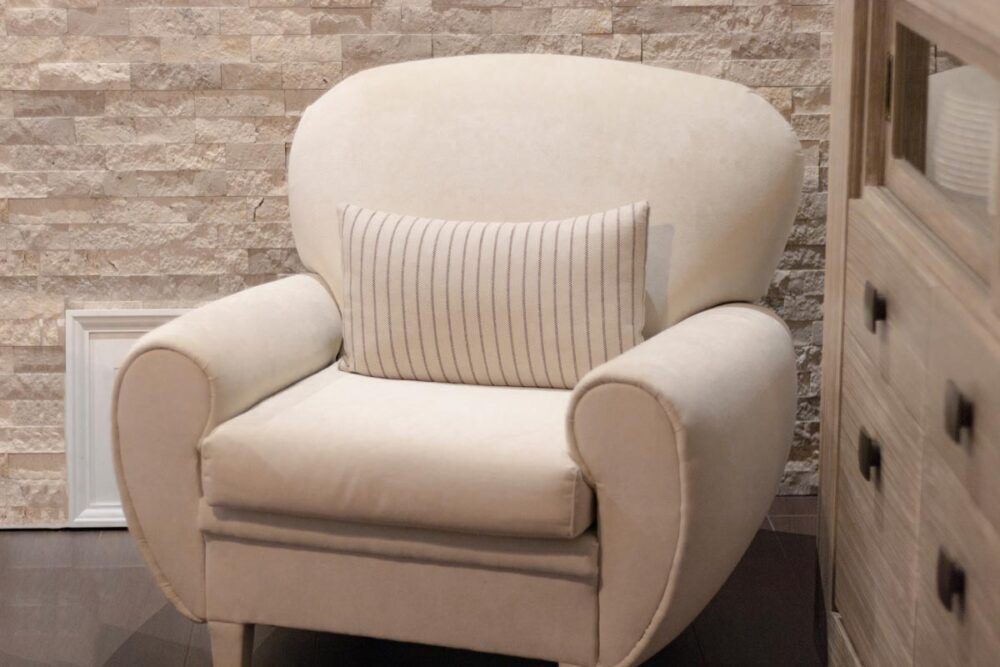
Most common types of linings
The textile fibres used for lining are almost exclusively artificial and synthetic, especially for economic reasons. We can divide the most important fabrics, belonging to the category of linings, into different groups. Let’s find out together what are:
Feather and taffeta
They are used to pack clothes and light garments, such as jackets and raincoats, but also shopping bags, umbrellas, blackout curtains, shower curtains, car covers, promotional flags, inflatable sofas.
Viscose
It is a viscose fabric with a semi-glossy surface, ideal for lining jackets, skirts and coats.
Satin
It has a good drapery and lends itself to many uses such as theatrical stagings and discos, but also for coats and furs.
Jersey
It is a soft and thin fabric used in particular for jersey garments and some sportswear.
Stretch
Elastic lining made with a fabric that is mainly used for sportswear.
Operated, printed and moiré
The fancy lining fabric is ideal for lining any type of clothing, skirts and outerwear.
The printed lining is mainly used to customize the interior of jackets and bags.
The moiré is the classic leather goods lining with a “grain” or “partridge eye” effect.
These fabrics are mainly used in youth and leisure products.
Jacquard
Fabric with geometric or variously figured designs. It is obtained by weaving threads of various colors, on a special loom and with a particular method of weaving, also defined jacquard.
It is mainly used to cover sofas and armchairs, but also for customized products.
The material to be used varies depending on the result you want to obtain: silk, cupro, polyester, polyamide, viscose, acetate if the intent is to slide the fabric on the skin; wool and cotton fleece if it has to give a feeling of warmth; polyester, cotton and combed wool if you want to give a purely decorative effect. The lining color is generally plain for satin, but can be Scottish or more rarely printed or striped, in wool or flannel slipcovers.
The best fabrics for lining
Let’s discover together the best fabrics for lining directly from the catalog of Cimmino and its Line Linings.
Jacquard Tivoli New
It is a lining with jacquard pattern, then with geometric designs and the like. Soft and light, it is suitable for the inner lining of vests, jackets and coats, but also for lining boxes and various outfits.
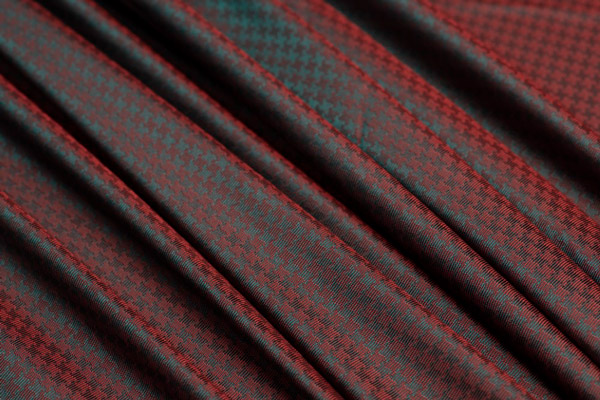
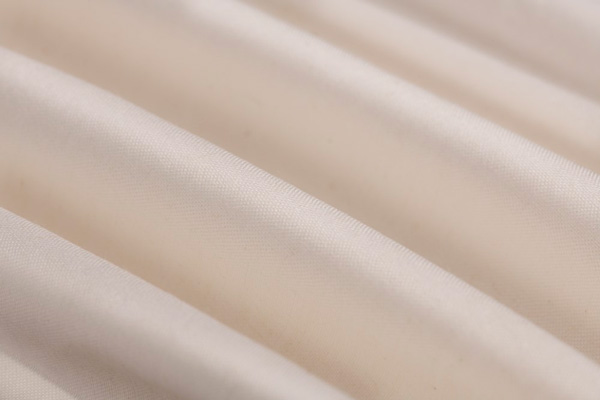
Tasca Elba
Lightweight fabric and available in different colors. As the name suggests, it is perfect for lining garment pockets, but also special accessories.
Superpiuma ’98
It is a type of taffeta fabric, very light and with a glossy and semi-transparent finish. It is used to hide the seams and details of the clothes, making everything more elegant. Thanks to its antistatic properties it allows you to wear and take off clothing with extreme ease.
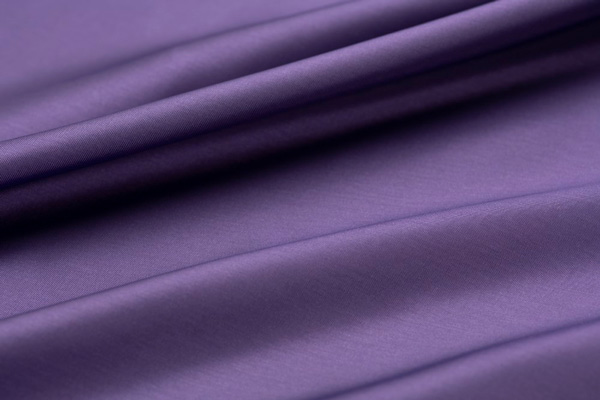
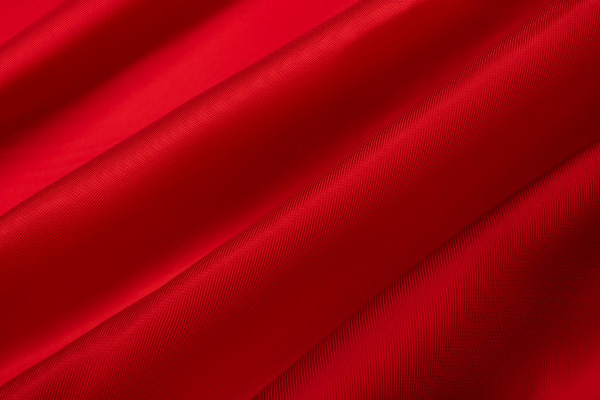
Saglia Tosca Reattiva
A more robust lining, but silky and smooth hand. It is the ideal fabric for lining the interior with skirts, dresses, heavier jackets and bags. It is available in many beautiful colors, from the most particular ones such as bottle green, moss green, scorched earth, eggplant and anthracite, to the standard ones such as white, beige, black, midnight blue, red and burgundy.
Rigatino Arno
The fabric suitable for lining the pockets of elegant trousers, especially those with a masculine cut.
It is available in classic colors of white, ivory, black and blue.
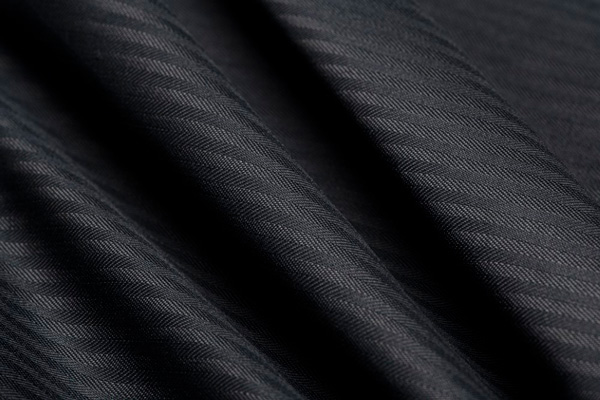
Browse now the catalog of Manifattura Foderami Cimmino to access the different options of fabrics for high quality linings, designed to give shape to your clothes, hide the seams and cover furniture items and various accessories!



